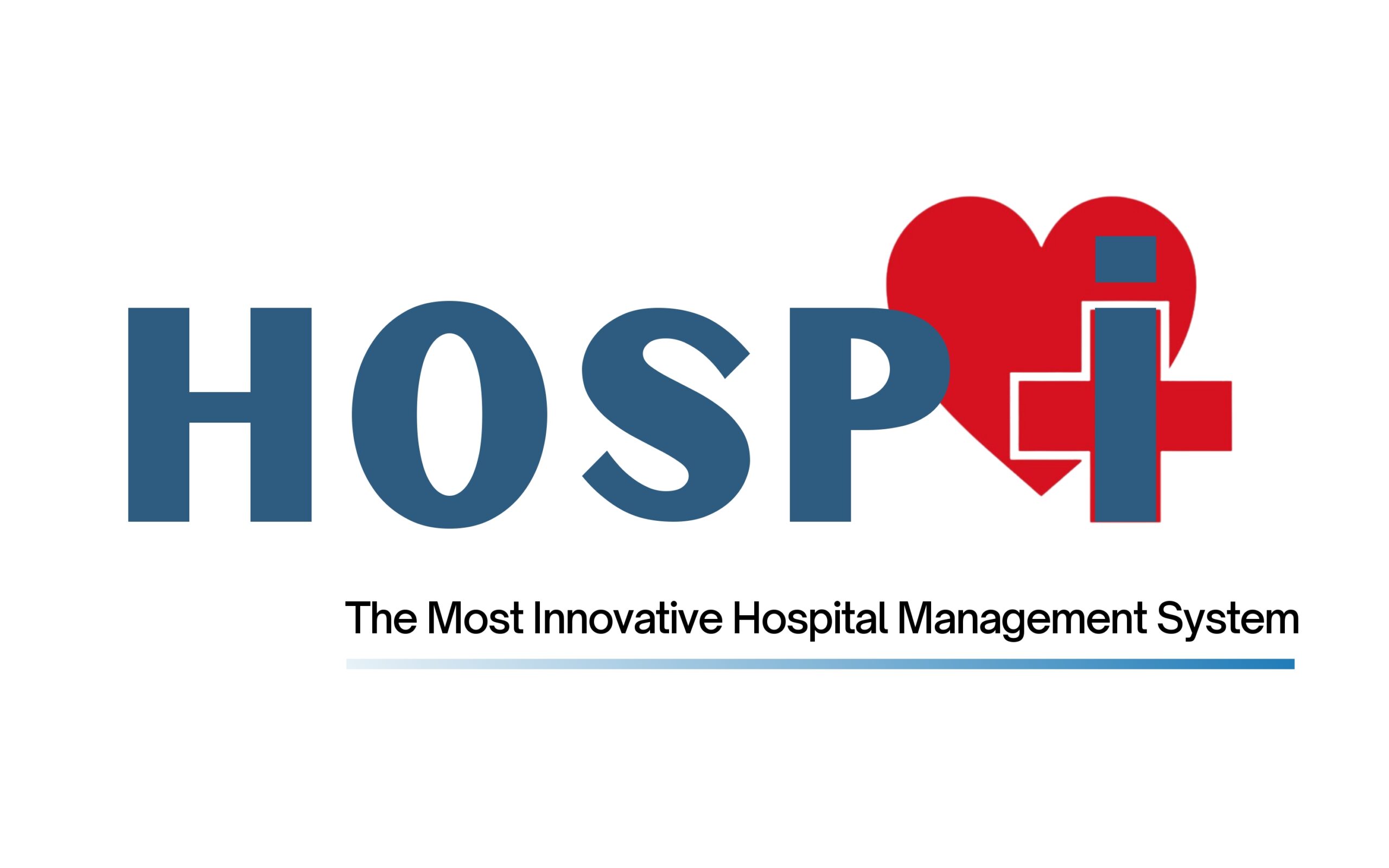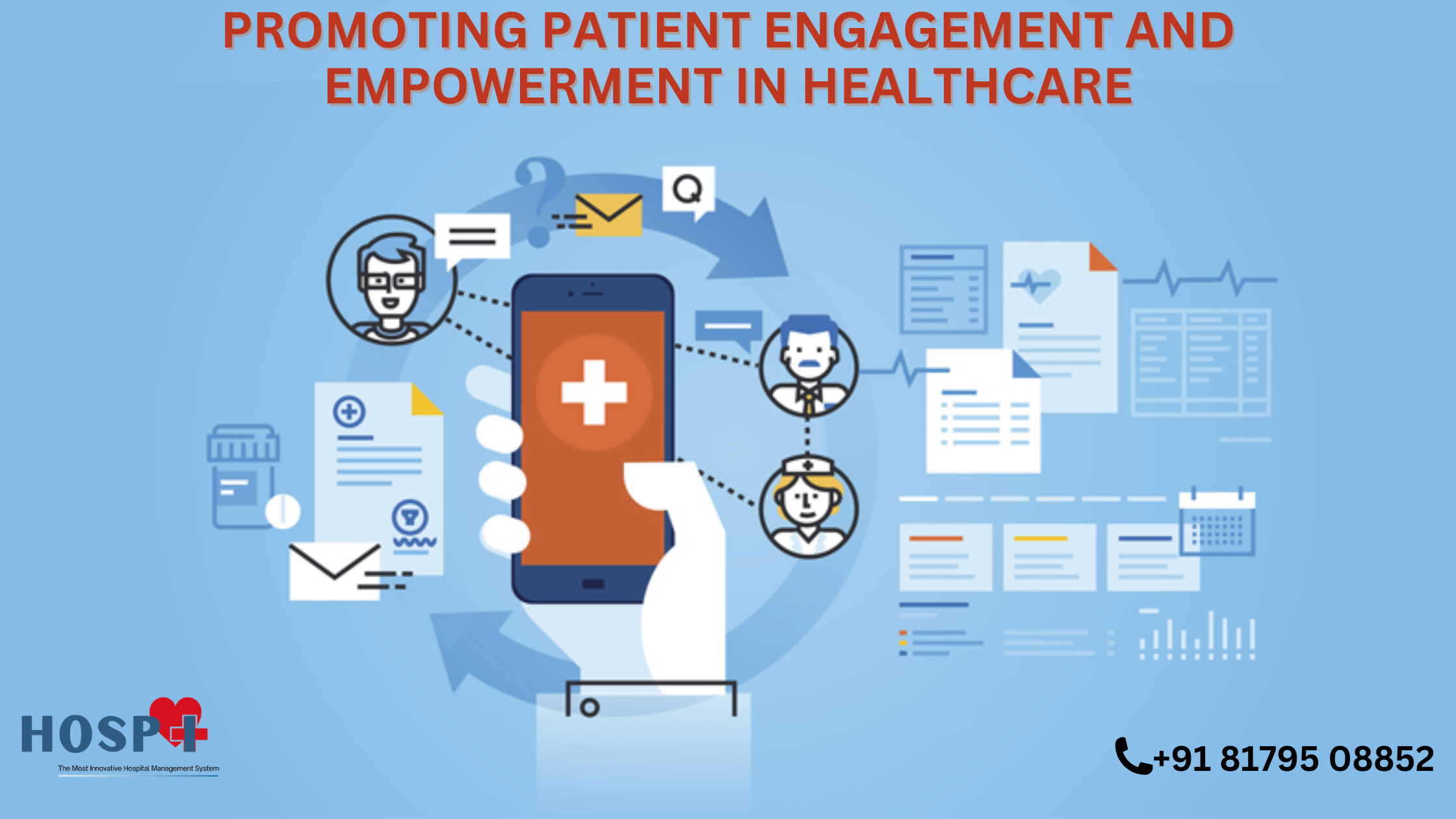Patient engagement and empowerment play crucial roles in achieving optimal healthcare outcomes. When patients actively participate in their own care, they become partners in the decision-making process and take ownership of their health. This article explores the importance of patient engagement and empowerment in healthcare, as well as strategies and technologies that promote these concepts.
Table of Contents
- Introduction
- The Importance of Patient Engagement
- Benefits of Patient Empowerment
- Strategies for Promoting Patient Engagement
- Technologies for Enhancing Patient Empowerment
- Challenges and Considerations
- Conclusion
- FAQs
Introduction
In traditional healthcare models, patients often played a passive role, with healthcare providers making decisions on their behalf. However, the landscape is changing, and patient engagement and empowerment are gaining recognition as essential components of effective healthcare delivery. By actively involving patients in their care, healthcare providers can improve treatment adherence, enhance patient satisfaction, and achieve better health outcomes.
The Importance of Patient Engagement
Patient engagement refers to the collaboration between patients and healthcare providers in making informed decisions about healthcare. Engaged patients take an active role in managing their health, which leads to better compliance with treatment plans, improved communication with healthcare providers, and enhanced overall satisfaction. Engaged patients are more likely to follow prescribed therapies, make healthier lifestyle choices, and take preventive measures, resulting in better health outcomes.
Benefits of Patient Empowerment
Patient empowerment goes hand in hand with patient engagement. Empowered patients are knowledgeable about their health conditions and treatment options. They are equipped with the necessary skills and resources to actively participate in their care. When individuals are empowered, they experience a sense of confidence when it comes to asking inquiries, expressing their concerns, and making well-informed choices regarding their well-being. This empowerment leads to improved self-management, increased treatment adherence, and better health outcomes.
Strategies for Promoting Patient Engagement
- Effective Communication: Healthcare providers should foster open and transparent communication with their patients. The process entails engaging in active listening, delivering concise explanations, and attending to any concerns or inquiries the individual being treated might raise, while ensuring the content is free from plagiarism. Patient-centered communication should emphasize mutual respect and group decision-making.
- Health Education: Patients should be provided with comprehensive health education materials that are easy to understand and tailored to their specific needs. Empowering patients with knowledge about their conditions, treatment options, and self-management strategies enables them to actively participate in their care.
- Shared Decision-Making: Healthcare providers should involve patients in the decision-making process. This includes discussing treatment options, risks, benefits, and potential outcomes with patients. Shared decision-making ensures that patients have a voice in determining their treatment plans, making them more likely to adhere to prescribed therapies.
- Patient Support and Advocacy: Healthcare organizations should establish support systems that assist patients in navigating the healthcare system. Patient advocates or care coordinators can provide guidance, address concerns, and help patients access necessary resources.
- Digital Tools and Patient Portals: Utilizing technology can enhance patient engagement. Patient portals, online appointment scheduling, and electronic health records enable patients to access their health information, communicate with healthcare providers, and actively engage in their care.
Technologies for Enhancing Patient Empowerment
- Mobile Applications: Mobile apps offer a convenient platform for patients to track their health metrics, receive personalized recommendations, set goals, and access educational materials. These apps promote self-management and empower patients to take an active role in their health.
- Wearable Devices: Wearable devices, such as fitness trackers and smartwatches, enable patients to monitor their physical activity, heart rate, sleep patterns, and more. By providing real-time data, wearable devices empower patients to make informed decisions about their lifestyle and health behaviors.
- Telemedicine: Telemedicine allows patients to connect with healthcare providers remotely, eliminating geographical barriers and improving access to care. This technology enables patients to actively participate in virtual consultations, ask questions, and receive guidance from the comfort of their homes.
Challenges and Considerations
While patient engagement and empowerment have numerous benefits, several challenges need to be addressed:
- Health Literacy: Not all patients have the same level of health literacy. Healthcare providers should tailor their communication and educational materials to ensure that information is accessible and understandable for all patients.
- Technological Accessibility: Access to technology can be a barrier, particularly for marginalized populations. Healthcare organizations should strive to provide equitable access to digital tools and support patients in utilizing them effectively.
- Cultural Sensitivity: Patient engagement strategies should consider cultural diversity and language barriers. Healthcare providers should promote cultural competence and provide language support to ensure effective communication and engagement.
Conclusion
Patient-centered healthcare and improved health outcomes depend on patient empowerment and engagement. By involving patients in their care and providing them with the knowledge, skills, and support they need, healthcare providers can foster a collaborative partnership that leads to improved treatment adherence, enhanced self-management, and overall patient satisfaction. Embracing strategies and technologies that promote patient engagement and empowerment will shape the future of healthcare, empowering patients to take control of their health and well-being.
FAQs
- What is patient engagement in healthcare? Patient engagement is defined as the active involvement of patients in the decision-making process for their healthcare, which promotes greater treatment compliance and better health outcomes.
- How does patient empowerment benefit healthcare? Patient empowerment enables patients to make informed decisions about their health, leading to increased treatment adherence, improved self-management, and better overall health outcomes.
- What are some strategies for promoting patient engagement? Strategies for promoting patient engagement include effective communication, health education, shared decision-making, patient support and advocacy, and utilizing digital tools and patient portals.
- How can technology enhance patient empowerment? Technologies such as mobile applications, wearable devices, and telemedicine provide patients with access to health information, personalized recommendations, remote consultations, and real-time monitoring, enabling them to actively participate in their care.
- What challenges exist in promoting patient engagement and empowerment? Challenges include health literacy disparities, technological accessibility, and cultural sensitivity. Healthcare providers should address these challenges to ensure equitable engagement and empowerment for all patients.



